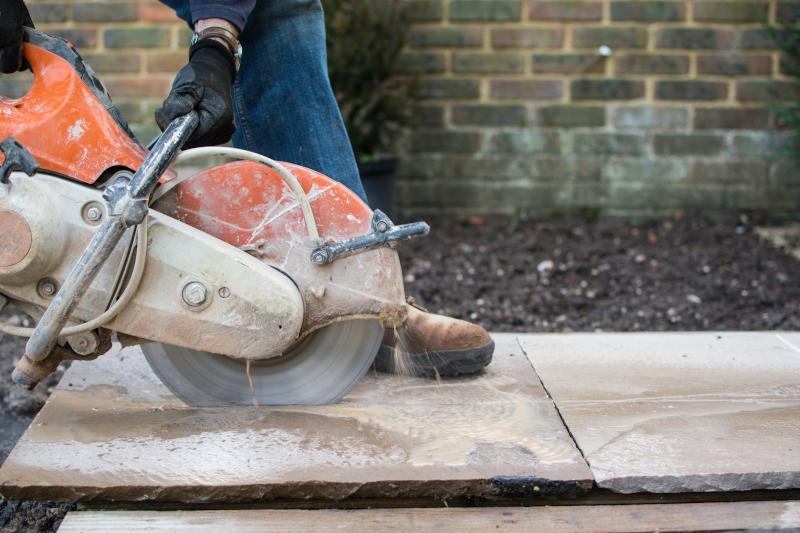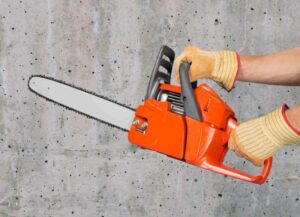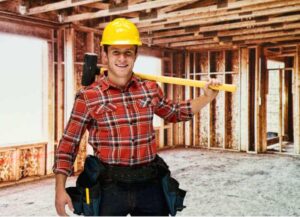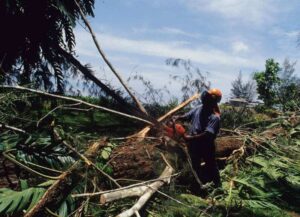If you’re a tradesman, then chances are that a safety officer on a job site has already hit you up about wearing a face mask when cutting concrete or other masonry materials. While it has not been a large concern in the past – due to a rising trend of silicosis disease health authorities and safety officials are stamping down on construction trades that are not using the right face masks.
Concrete dust contains harmful particles called silica so you should wear a particulate respirator when cutting concrete. This is because silica can cause respiratory illness called silicosis. Tradesmen should be aware that silica particles become airborne when cutting materials such as concrete, stone, bricks, tiles and some plastic material.
Working with Concrete Dust- What should I do?
Before cutting concrete, concrete blocks or other masonry materials there are a few things you should consider. The easiest way to avoid silica dust is to not cut at all, so first determine if there is any alternative way. Often there is not, so you need to just make sure that you look after yourself and your employees in the best possible way. There are both strategies that can be implemented to reduce the amount of dust produced and protective clothing that can protect you from residual dust.
Cutting wet to reduce silica exposure
For those of you used to cutting hard materials, you know that you have an option to cut dry or wet. Cutting wet means that there is a trickle of water running on the blade as you cut. This keeps the blade cool, and turns potential dust from the cut into a slurry that runs downward to the ground instead of creating airborne particles. In fact, according to Shepherd, and Woskie in their study Controlling dust from concrete saw cutting, they found that wet cutting reduced the respirable dust concentration by 85% compared with dry cutting.
So to cut wet, the first thing is to make sure you have a wet kit attached to your demo saw. Most quality brands of demo saws such as Husqvarna, sell wet kits that allows you to attach your saw to a hose. It is therefore pretty simple to connect up and cut wet, therefore reducing your potential exposure to concrete dust.
The other benefit of using a wet kit is that you get a much longer life from your blade, so personal safety is not your only incentive.
Wearing a particulate respirator to cut concrete
Even with a wet kit attached, there will be residual dust in the air so you do need a face mask. But not any old face mask will do. You really need a mask called a particulate respirator. These are specialised masks that create a facial seal preventing any particles from bypassing the mask and coming in through side gaps. You may have heard of a dust mask or a nuisance mask- these are not up to the same standard as a particulate respirator. In Australia, particulate respirators come in three levels, P1, P2 and P3. You may have also heard of N95, KN95 and FFP2 masks which are other countries masks that are equivalent to the Australian P2 standard face masks.
What respirator do I use for concrete dust?
In Australia, you should refer to Australian/New Zealand Standard 1715 Selection, Use and Maintenance of Respiratory Protective Equipment. Dust masks that are suitable for use in construction work will be marked to indicate that they conform to AS/NZS 1716 Respiratory Protective Devices and will contain information on the filter class (P1 or P2, or P3). Your choice of mask will ultimately depend on the concentration of the dust, with a P2 standard mask being the most common mask.




